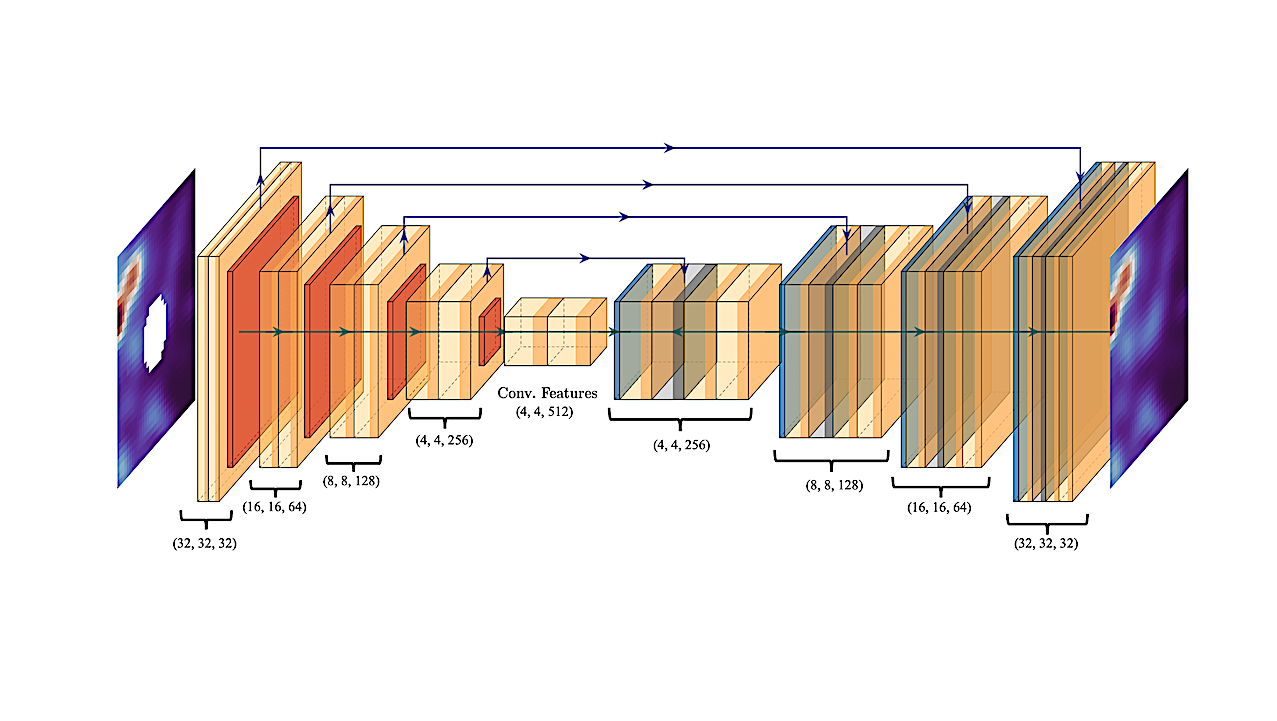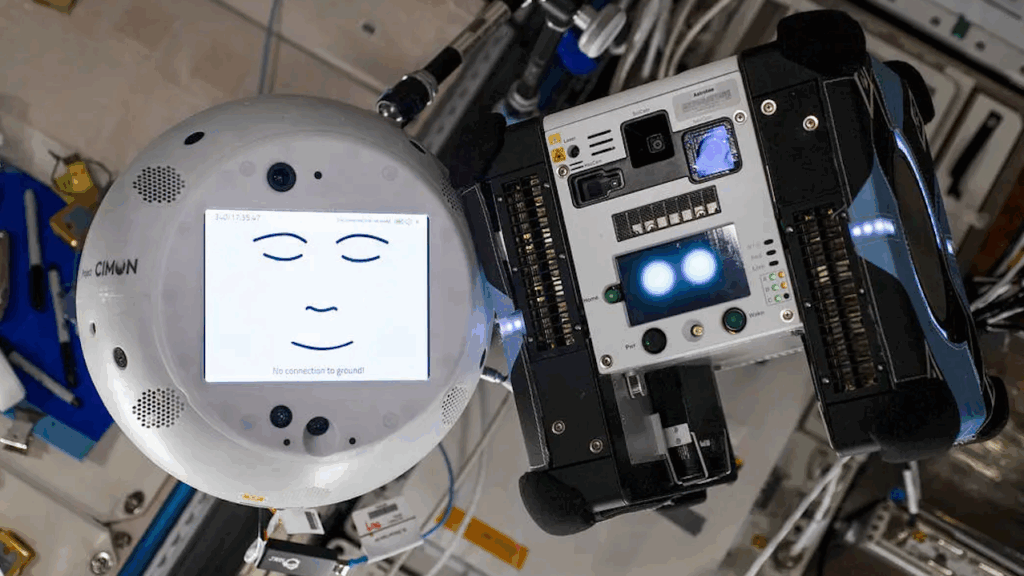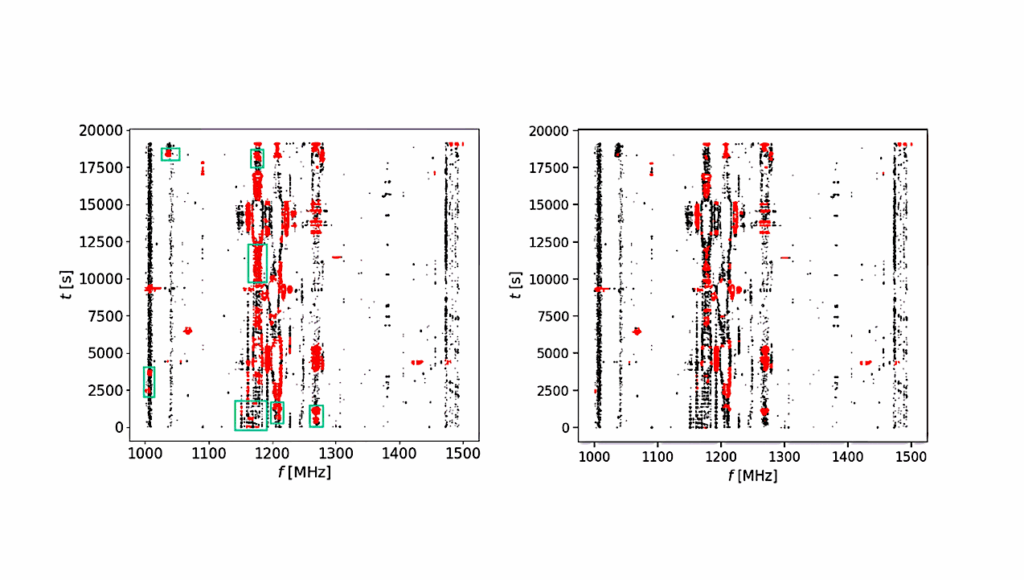Direct Exoplanet Detection Using Deep Convolutional Image Reconstruction (ConStruct): A New Algorithm for Post-Processing High-Contrast Images

We present a novel machine-learning approach for detecting faint point sources in high-contrast adaptive optics imaging datasets. The most widely used algorithms for primary subtraction aim to decouple bright stellar speckle noise from planetary signatures by subtracting an approximation of the temporally evolving stellar noise from each frame in an imaging sequence.
Our approach aims to improve the stellar noise approximation and increase the planet detection sensitivity by leveraging deep learning in a novel direct imaging post-processing algorithm. We show that a convolutional autoencoder neural network, trained on an extensive reference library of real imaging sequences, accurately reconstructs the stellar speckle noise at the location of a potential planet signal. This tool is used in a post-processing algorithm we call Direct Exoplanet Detection with Convolutional Image Reconstruction, or ConStruct.
The reliability and sensitivity of ConStruct are assessed using real Keck/NIRC2 angular differential imaging datasets. Of the 30 unique point sources we examine, ConStruct yields a higher S/N than traditional PCA-based processing for 67% of the cases and improves the relative contrast by up to a factor of 2.6. This work demonstrates the value and potential of deep learning to take advantage of a diverse reference library of point spread function realizations to improve direct imaging post-processing. ConStruct and its future improvements may be particularly useful as tools for post-processing high-contrast images from the James Webb Space Telescope and extreme adaptive optics instruments, both for the current generation and those being designed for the upcoming 30 meter-class telescopes.
Trevor N. Wolf, Brandon A. Jones, Brendan P. Bowler
Subjects: Instrumentation and Methods for Astrophysics (astro-ph.IM); Earth and Planetary Astrophysics (astro-ph.EP); Machine Learning (cs.LG); Image and Video Processing (eess.IV)
Cite as: arXiv:2312.03671 [astro-ph.IM] (or arXiv:2312.03671v1 [astro-ph.IM] for this version)
Submission history
From: Trevor Wolf
[v1] Wed, 6 Dec 2023 18:36:03 UTC (8,029 KB)
https://arxiv.org/abs/2312.03671
Astrobiology,








